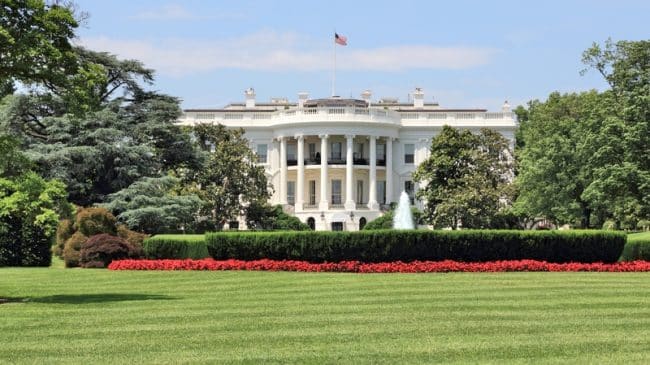The infrastructure proposal released by the Trump administration today provides additional funding to needed projects while shifting federal transportation policy in ways that give states more freedom to operate their roadway systems in the manner that states see fit. The plan could also help unlock needed tools to help states fund major highway projects by utilizing tolling and public=private partnerships.
The Trump administration’s proposal includes $200 billion in new funding. Half, or $100 billion, would support a new incentive grants program. Most of the funding would go to the U.S. Department of Transportation, but some would support the Corps of Engineers and Environmental Protection Agency. The program uses a quantitative weighting system that appears far better than Transportation Investment Generating Economic Recovery (TIGER) grants, but we won’t know until the grants are awarded. State and local governments that helped themselves by increasing revenue would receive some credit for that funding.
Of the remaining funding, $50 billion would supports grants in rural areas. Most of the funding, $40 billion, would be given out as block grants based on a population/rural road miles split. The other $10 million would serve as performance grants. States that use their block grants and other federal funding well would be more likely to receive performance grants.
The remaining $50 billion supports four other programs or categories of funding. New “transformative projects” would receive $20 billion. The Trump Administration envisions projects that are viable but might not attract private investment. Such projects would still be expected to generate revenue and have a positive impact on the project’s geographic area. Federal credit programs, including Transportation Infrastructure Finance and Innovation Act (TIFIA) and the Railroad Rehabilitation and Improvement Financing (RRIF) programs, would receive $14 billion to pay the credit subsidy to make new loans and loan guarantees.
The General Services Administration would receive $10 billion for a revolving fund to make real estate purchases. Finally, $6 billion offsets the cost of lost tax revenue due to private activity bonds.
It is important to remember what the proposal does not do. The proposal was never designed to be a stimulus program. Transportation projects should be financed over time, not funded in one swoop. Second, if there is ever a good time for stimulus funding, an economy with low unemployment and impressive growth is certainly not it.
The proposal is designed to be a supplement to existing funding, not be a replacement. The Fixing America’s Surface Transportation (FAST) Act authorizes more than $60 billion a year in federal transportation funding. And that is just the formula-based funding. There are many discretionary grants available through the Infrastructure For Rebuilding America (INFRA) grants.
Transportation is one of the few areas in the budget that President Trump has proposed additional federal funding. Further, the proposal does not offer some magical glimpse into the future or change the ratio of federal funding to state and local funding.
President Trump’s policy advisors studied U.S. infrastructure and came to the conclusion that there was no need for more than about $200 billion in direct infrastructure funding. However, since financing helps leverage funding, and to keep Trump’s campaign promise they used the $1 trillion number. President Trump is now saying that $200 billion in funding can spur $1.5 trillion to $1.7 trillion in infrastructure spending.
A legitimate concern about the proposal is where the federal funding will come from. The administration promises that they will find the funds from cutting wasteful spending. The fiscal year 2018 budget is $1.2 trillion. Clearly, some of that funding is wasteful or inherently state and local in nature. In theory, finding $20 billion a year, the proposal’s annual funding, should not be that much of a challenge. In contrast, Democrats calling for $1 trillion in new federal funding would need to pass a large gas tax and raise a variety other taxes to come close to generating $1 trillion in new federal money for infrastructure.
President Trump’s infrastructure proposal provides some federal funding along with the freedom for states to operate their roadway systems. Congress would be wise to adopt many of the recommendations in Trump’s infrastructure outline.

